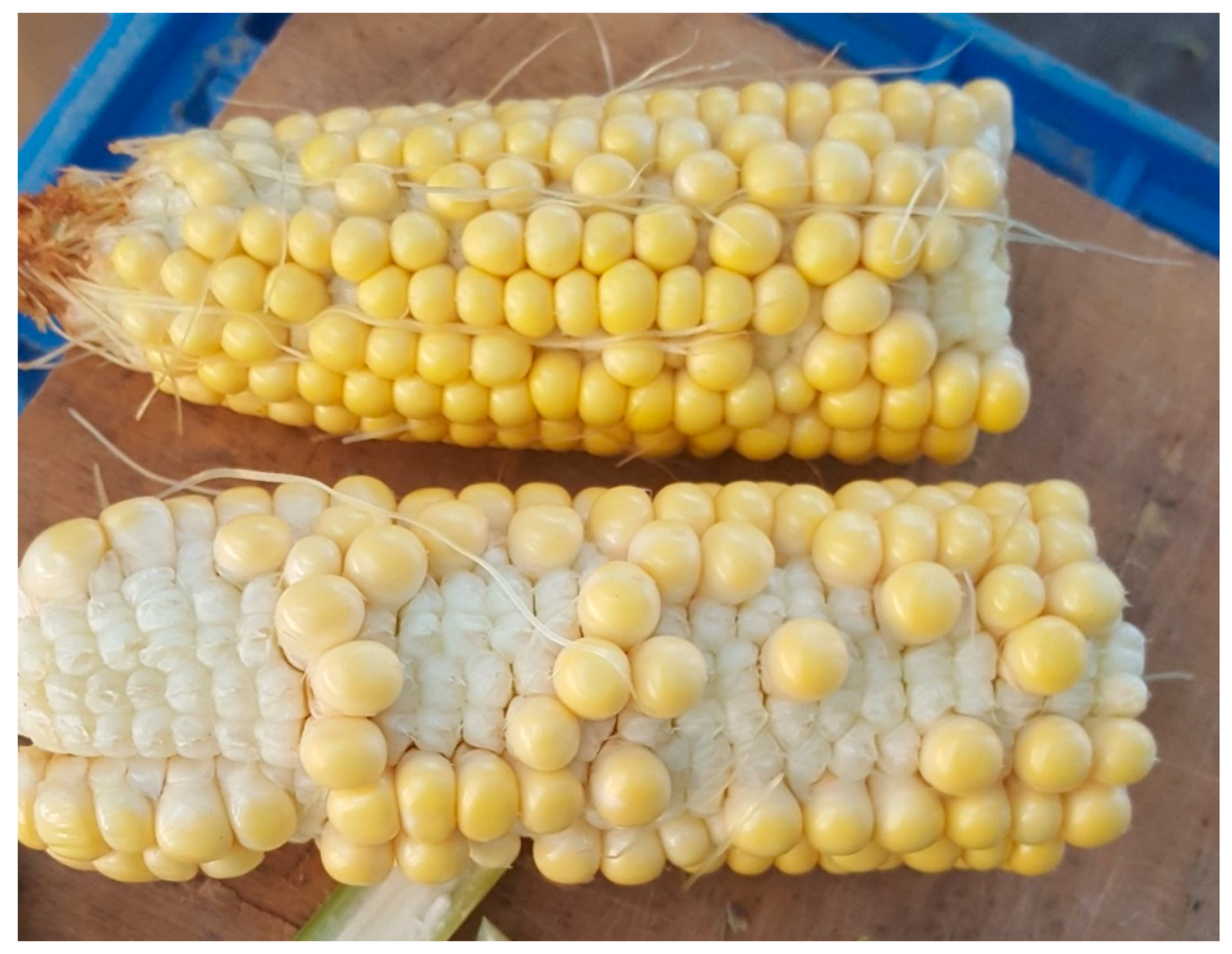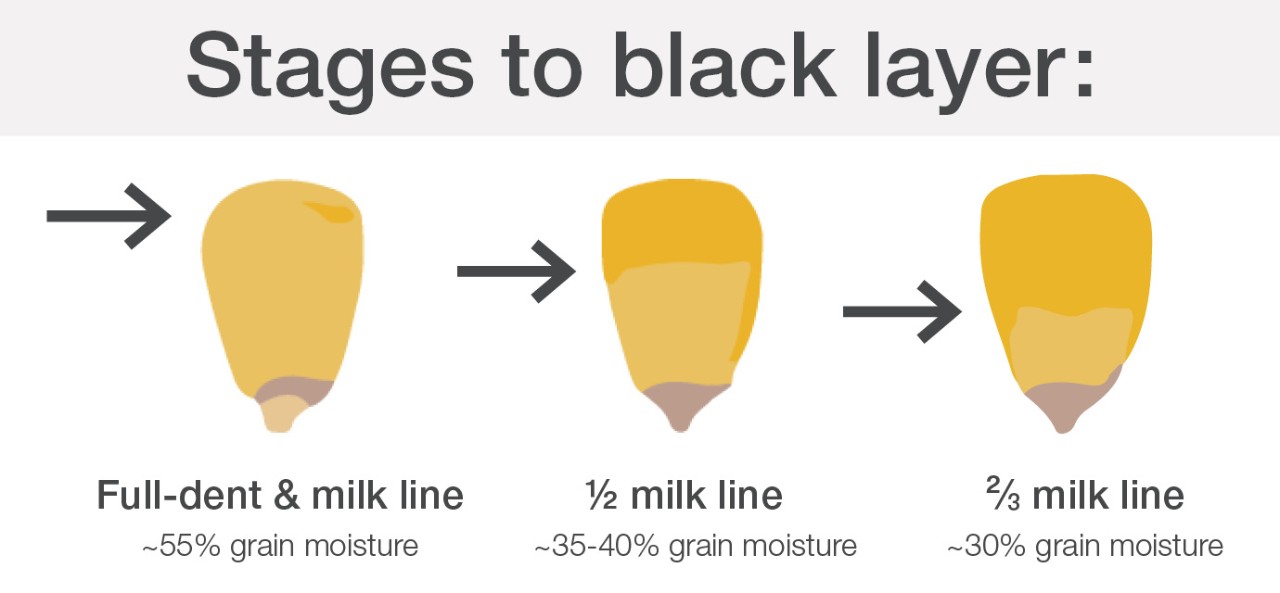Table of Contents
Here are a few simple steps that should help you fix your corn problem.
PC running slow?
Introduction
Corn is the most important crop in the world, and corn production faces significant challenges in increasing or maintaining yields due to strong abiotic pressures that could mitigate climate change (Lobell et al., 2011). ; Lesk et al., 2016). The most severe abiotic stress limiting corn yield is water deficiency; This population deficit is about 50% of the total most commonly associated with maize crop losses (in tons) due to abiotic stress in China (China Statistical Yearbook 2016).

R1 Silking
Silking is defined when silk is created in the ear to receive pollen and accommodate the fertilization process. The acorn appears just before the growth phase, but for successful pollination, it must almost coincide. Maize is extremely sensitive to stress, which at this time limits the amount of photosynthesis. Indeed, these cores have very little ability to push power reserves out of memory, becausebut they can be extremely small. The pollination process usually occurs in a relatively short period of time (5 to 8 days), and the husks appear a little after the plants start to shed pollen. Each egg has an artificial fiber that pushes back the outer covering around the tip of the ear to receive pollen to fertilize the nucleus. After successful fertilization, the silk separates from the egg and dries out, turning brown and discoloring. The susceptibility of corn to stress during the approximately 20 day period between silk formation and milk maturity is surprisingly high and affects the number of grains.
Conclusion
Corn set is highly dependent on the timing and intensity of watering. requirements. This change can limit leaf formation (source), movement of assimilated sugars (flux), and crop formation (sink). To explain that grains of corn, which had become less popular in the grain approach, in terms of water scarcity in terms of source-river-flow, a large three-year experiment was carried out under shelter from the weather. ANDfive water regimes were studied. One regimen included (SC) well irrigated tillage. Four strategies included irrigation water deficits: at the 6-8 leaf stage (V6-8), often at the 9-12 leaf stage (V9-’12), at the 13-leaf stage through the panicle stage (V13-T) and our own silky class blister level (R1–2). The effect of water deficiency on nuclear adaptation began when water deficiency arose in V9 and became more pronounced over time. The core excess decreased by 12 and 11% with water deficit during V9↔12 and V13↔T, respectively. This was the result of a smaller leaf area (limited source) and an interrupted vascular bundle in the attention stalks (limited uptake flow). The reduced number of vessel combinations, rather than the cross-section of the ear shaft, significantly affected the final core body fat content manifested by water deprivation to the flossing stage. Financial commitments to water before and during flowering have drastically reduced the number of spikelets; That is, 14% and 19% less V13 ⇨ T for duration and R1 │ 2, respectively, compared to the exact number of cores in CK processing. It flexesSmaller well under the debt of the water level. In addition, the size of the ovaries was reduced compared to other treatments for V13-T water deficiency. After repeated watering, moisture deficit continues until or during flowering and affects grain filling in each of our late growing seasons. Grain filling rate fell below V9~12 water deficit; grain filling time is reduced with normal water deficit P1-2; and both adverse effects occurred with this lack of V13-T water.
What determines the number of ears of corn per plant?
The number of ears per plant is often affected by hybrids. Most of the hybrids bred here in Iowa are head dominant, although the most “productive” hybrids are available that produce more than one head per plant at normal seeding rates. The number of kernels per ear depends on the mileage of the cob (seeds per row) and the number of rows of kernels in each ear.
Summary
The development of the next creation of the plant in the seed requires coordination in terms of complex programs involving pattern formation and growth, in addition to differentiation , there are three main seed chambers: the embryo (future plant), endosperm (reserve compartment), which is two daughter tissues, as well as surrounding maternal tissues. This review article focuses on the signaling pathways and molecular traits involved in the early development of the corn grain. Within 2 weeks after pollination, individual cells form functional organs that prepareAllow the core to fill the stock with compounds. Although the overall picture of signaling pathways in embryonic and endosperm development is fragmentary, several types of molecular actors, such as hormones, sugars, or peptides, have been shown to be involved in certain aspects of these developmental processes. These molecular actors are likely components of the signaling pathways that govern transcriptional programming, simply mediated by transcription factors. The integrated action of these components provided multiple types of information from cells or tissues, leading to optimal and differentiated structuring of nuclear compartments. This review presents recent advances in relation to certain types of molecular actors (hormones, sugars, peptides/receptors, and especially transcription factors) involved in the development of maize varieties.

Harvest Time
Corn should be harvested for silage with proper moisture.Pay attention to good silo storageTable 3 will promote good deployment and minimize Ziruet losses due toheating or drain. Too wet silage can ferment and ooze poorly.Seepage deprives plants of valuable nutrients and minerals, especially nitrogen and solubles.Carbohydrates and can damage the hopper. This silo will be too dryAir pockets that stop anaerobic fermentation and have a positive effect on molddevelop. In addition, grains are easier to digest. likeHarvest delay from full black tooth to primitive layer (no milk line)the protein content decreases, the fiber content remains constant or decreases,and digestibility remains relatively constant (Table 4).
How long does it take for a corn kernel to grow?
It starts from 55-65 days of the formation of the correct silk. At the R6 stage, the grains reach their maximum dry weight, or accumulation of dry lives. The layer of hard starch has completely improved down to the piston.
What is happening to the kernels of my corn?
Nitrogen and phosphorus are rapidly accumulated during the transition from vegetative to reproductive parts of the plant. Grains contain about 85% moistureand from that moment on they dry up.
What Is A Crop?
Crop is considered a grain of corn for silage, cobs and, in most cases, the husk and part of it in relation to the stubble (depending on cleaning method). Field crops have a higher energy content than corn silage with the same protein content, but they actually have a lower energy content than dry or callused cereals with a high moisture content (Table 1).
Improve the speed of your computer today by downloading this software - it will fix your PC problems.